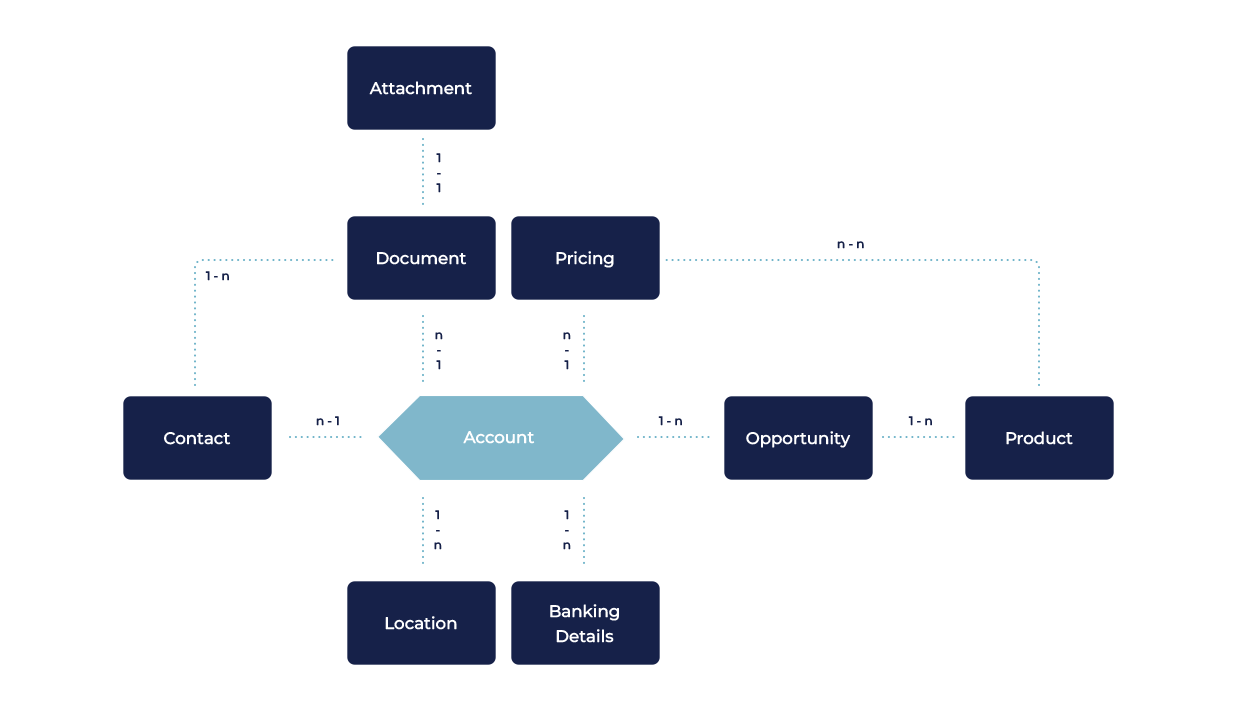Entities
The merchant onboarding API processes merchant information and documentation using several distinct entities:
📄️ Account
The Account entity is used to collect merchant-specific information, such as company, name registration, address, etc., and transfer it to the uP POM.
📄️ Contact
The Contact entity is used to collect individual-specific information; for example, signatories, UBOs, Directors etc.
📄️ Product
The Product entity is used to collect product-specific information, i.e., the capabilities that are to be enabled for a merchant on the uP Platform.
📄️ Opportunity
The Opportunity entity is used to submit additional product details, such as potential volumes.
📄️ Pricing
The Pricing entity is used to define pricing for a merchant. It enables you to control the fees that are to be charged for different Products.
📄️ Location
The Location entity is used to submit location-specific information, such as a physical store address, and/or technical fields for e-commerce stores.
📄️ Banking detail
The Banking detail entity is used to submit a merchant’s bank account information to the uP POM.
📄️ Document
The Document entity is used to submit any required supporting documentation.
📄️ Attachment
The Attachment entity is used to create files on uP POM.
See the flowchart below for a visual on how these entities relate to one another (these relationships will be explained in more detail in each dedicated entity section of the documentation).

Each entity consists of numerous field inputs that are required by the merchant onboarding API.
The fields outlined in this documentation must be submitted for NomuPay to begin the merchant risk and underwriting process. Failure to provide full and complete information as outlined here will result in onboarding delays for your merchant(s). Also, depending on the nature of the merchant’s business, additional information and/or documentation may be requested following the initial review of provided merchant details.
Every entity is created through a POST request. Any update to an entity is done through a PUT request. Fetching of entity details is done through a GET request.